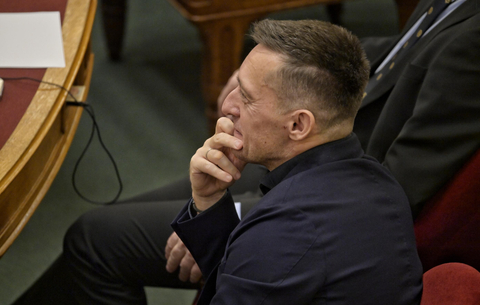Field report from Lenovo
It was a year ago that IBM shocked the world by announcing that it was selling its PC business to Lenovo, a Chinese company unknown in America and Europe.
On the vast factory floor, the noise comes from the production lines. Workers, mostly women, stand by the production line, picking components from trays and installing them. Every few seconds a new package arrives on the line. There is no time for resting during each 8-hour shift. Deliveries arrive to the minute: there is no space for them in the warehouses. Each year, five million notebooks, two million desktops and ten million components are dispatched for sale every year. We are in Shenzhen, in China, at Lenovo's largest factory. The workers' average wage is 800 yuan, or almost 100 euros a month.
Just a year ago, this was IBM's factory. Then, IBM sold its PC manufacturing business, along with the brand, the distribution network and its managers, to Lenovo for $1.75bm. This was not a simple sale - it was more of a merger. Lenovo staff are present on the IBM board, and vice versa. Some 10,000 employees of IBM's PC branch worked in China, a further 2,500 in the United States. They now work for a Chinese company.
We were there along with an international group of journalists, hoping to find out how successful this bold move hadbeen. We were near Hong Kong, a metropolis built atop a fishing village. It was here that IBM began building this very successful line of computers in 1994. As we found, the factory hardly noticed the change in ownership.
The IBM label still adorns the latest ThinkPad Z60 series, although there have been some changes. The notebook PC is available in silver as well as black. They are protected by a titanium faceplate, there are now fingerprint readers for added security, and wide-screen models are available. Lenovo is aiming for a new customer base: they are targeting end consumers as well as people who will use the machines both at work and at home. The prices are modest, too, coming in at between $800 and $2000.
IBM's black notebooks radiated elegance and power. They were targeted at management staff at big companies. IBM was the first to manufacture PCs, back in 1981, but they grew attached to their corporate customers. The high-quality, expensive Think series were seen as the Rolls Royces of the industry, but they had a small potential market. IBM began to make PCs at a loss, despite their remarkable distribution and sales network. Lenovo's new E series ThinkCentres, priced at $400 without a monitor, are aimed at small companies and developing countries.
Marry Ma, vice-chairman of Lenovo said: "The marriage has been perfect. Both sides have benefited." Ma trained as a physicist in the West, now she holds ninth place on Fortune magazine's list of the world's most influential women. "Our firm has been the market-leader in China for eight years. Some 18 to 20m computers will be sold in China this year, and a third of them will be Lenovo's," she said. "We knew that our position outside Asia was relatively weak. Our name was unknown in many places. So we looked for a well-regarded foreign partner. IBM wanted to sell their PC business three years ago, but since it had lost $400m the year before, we found it easy to decline."
"Eighteen months after that, I went to New York myself, and by then things were different. IBM had cut costs and outsourced everything apart from notebook manufacture. Our then-chairman was unsure. Why would we buy a loss-making arm, he wondered. But I was sure - the combination of the manufacturing capacity, the brand, the distribution and sales network and the managers, then Lenovo could move on to conquer new markets. It was good for IBM too. They got out of a loss-making business, and can concentrate on systems and consultancy."
Lenovo's first major innovation will be unveiled in February 2006 at the Turin Winter Olympics. They are not prepared to say more, but they promise something special. A major advertising campaign will be launched to acquaint consumers with the Lenovo name. They can continue to use the IBM brand for five years, but they might abandon it far sooner.
If Lenovo makes good use of IBM's international sales networks, then it could stir up trouble for the two market leaders, Dell and HP. In years to come, India, Brazil and Russia may be the major markets for PC sales. Lenovo sees these countries as the battleground. But it is not giving up on Europe or the US. IBM had a privileged position as a supplier to the US government, and now it is Lenovo, a Chinese company, that is providing computers to the US army and air force.
Richárd Hirschler









